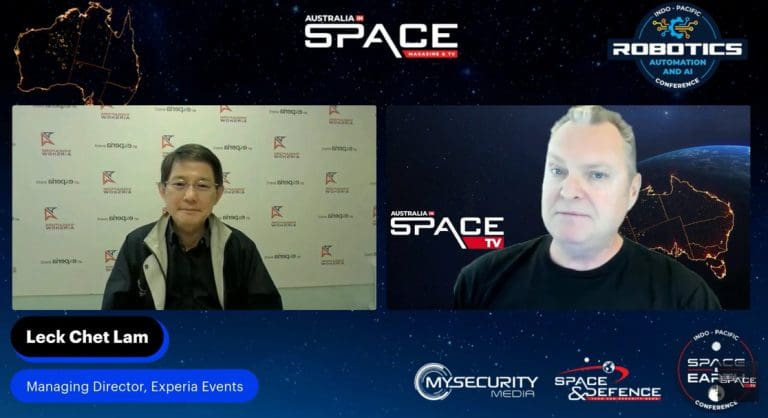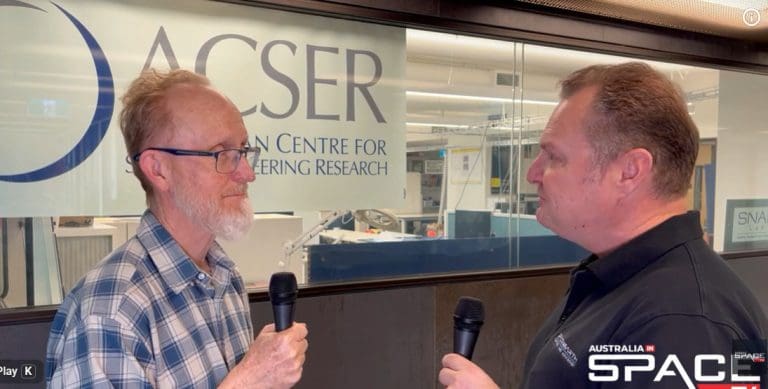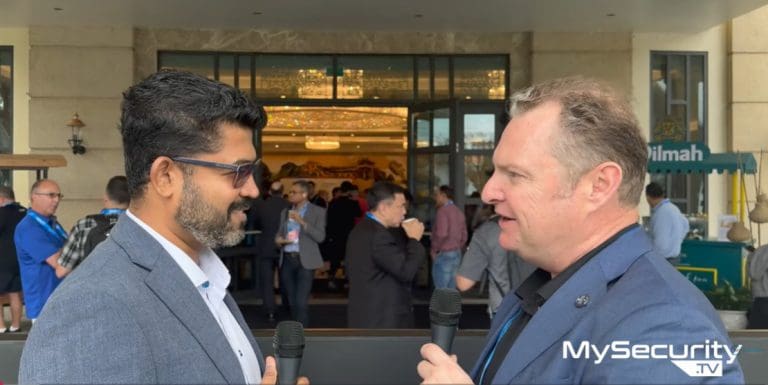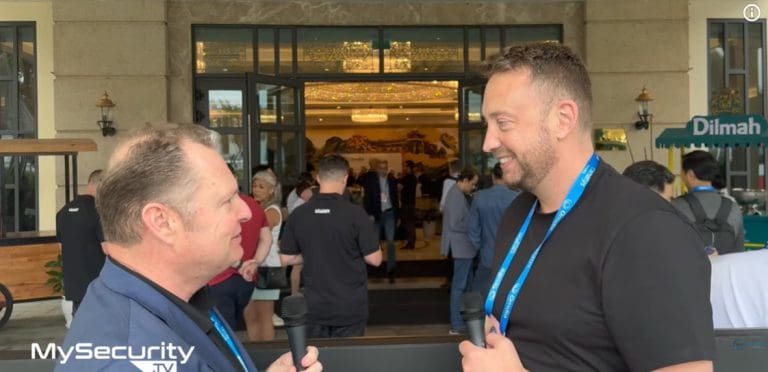We speak with Pam Melroy, NASA deputy administrator in Milan, Italy at the 75th International Astronautical Congress, IAC in October 2024.
As NASA looks to the next chapter in U.S. human space exploration, we have the opportunity to shape the agency’s future in the low Earth orbit microgravity environment. The United States endeavors to continue to lead in the advancement of science and the exploration of space in the microgravity environment. We must inspire the next generation of explorers, scientists, engineers, innovators. We must maintain skills relevant to our future missions that NASA and its industry partners have developed over the course of decades to operate in the microgravity environment even after the end of the space station’s mission.
In early 2024, the agency began an effort to develop and document an objectives based strategy toward its sustained exploration of low Earth orbit, as we transition from the space station to commercial destinations in low Earth orbit. This process is designed to identify what we want to achieve in low Earth orbit before resolving how we achieve these objectives. Senior leaders and staff from NASA’s mission directorates and support offices have developed the draft set of objectives we believe define NASA’s human-enabled low Earth orbit microgravity strategy.
These are divided into six main categories: • Science • Exploration-Enabling Research and Technology Development • Commercial Low Earth Orbit Infrastructure • Operations • International Cooperation • Workforce and Engagement
The methodology for developing this strategy is guided by principles first applied to develop NASA’s Moon to Mars Strategy: Articulate a Clear Vision Effectively communicate what NASA hopes to achieve in the low Earth orbit microgravity environment. Take An Objectives-Based Approach Focus on achieving specific goals and outcomes as the primary guide for decision making. Architect from the Right Use clear goals and objectives to determine needs and capabilities, functions, and use cases.
Col. (USAF, ret) Pam Melroy was sworn in as the NASA deputy administrator on June 21, 2021.
As deputy administrator, Melroy performs the duties and exercises the powers delegated by the administrator, assists the administrator in making final agency decisions, and acts for the administrator in his absence by performing all necessary functions to govern NASA operations. Melroy is also responsible for laying out the agency’s vision and representing NASA to the Executive Office of the President, Congress, heads of federal and other appropriate government agencies, international organizations, and external organizations and communities.
Melroy was commissioned through the Air Force Reserve Officers’ Training Corps (ROTC) program in 1983. As a co-pilot, aircraft commander, instructor pilot, and test pilot, Melroy logged more than 6,000 flight hours in more than 50 different aircraft before retiring from the Air Force in 2007. She is a veteran of Operation Desert Shield/Desert Storm and Operation Just Cause, with more than 200 combat and combat support hours.
Melroy was selected as an astronaut candidate by NASA in December 1994. Initially assigned to astronaut support duties for launch and landing, she also worked on advanced projects for the Astronaut Office. She also performed Capsule Communicator (CAPCOM) duties in mission control. In addition, she served on the Columbia Reconstruction Team as the lead for the crew module and served as Deputy Project Manager for the Columbia Crew Survival Investigation Team. In her final position, she served as Branch Chief for the Orion branch of the Astronaut Office.
One of only two women to command a space shuttle, Melroy logged more than 38 days (924 hours) in space. She served as pilot on two flights, STS-92 in 2000 and STS-112 in 2002, and was the mission commander on STS-120 in 2007. All three of her missions were assembly missions to build the International Space Station.
After serving more than two decades in the Air Force and as a NASA astronaut, Melroy took on a number of leadership roles, including at Lockheed Martin, the Federal Aviation Administration, the Defense Advanced Research Projects Agency, Nova Systems Pty, Australia, and as an advisor to the Australian Space Agency. She also served as an independent consultant and a member of the National Space Council’s Users Advisory Group.
Melroy holds a bachelor’s degree in physics and astronomy from Wellesley College and a master’s degree in Earth and planetary sciences from the Massachusetts Institute of Technology.
For more information visit NASA’s Low Earth Orbit Microgravity Strategy Draft Goals and Objectives – August 2024 – https://www.nasa.gov/wp-content/uploa…





